During the 1921-23 famine in the USSR, Soviet authorities had allowed photographers unprecedented and never to be repeated freedom to document starvation and human misery on Soviet soil. Over the ensuing decade, the authorities decided that in order to maintain control and achieve their goals, they needed to carefully manage the image of the USSR, both for local consumption and the outside world.
A network of agencies was created to manufacture a virtual Soviet reality which in the 1930s included the concealment and blanket denial of the Holodomor. Censorship and a variety of restrictions made the discovery, documentation and reporting of the facts very challenging, particularly for photographers, as we learn from written accounts and other records.
Alexander Wienerberger’s photos from his time in Kharkiv (1933) were used to illustrate several pamphlets, newspaper articles, and books in the period 1934-1939. To date, the Holodomor Research and Education Consortium has identified nine such publications. We present here all of these known published and unpublished Wienerberger photographs depicting Holodomor-related conditions in Ukraine during 1933 that did not appear in the “Innitzer album” (which has been published as a separate gallery on our site, – Ed.).
Most of the photos in this collection were compiled in the album titled “The Workers’ Paradise. USS.R.” Presumably, the album was assembled by Wienerberger himself, It is also known as the Red Album because of its red binding.
As in the case of the “Innitzer Album” photos, many were specific to a district of Kharkiv known as “Холодна Гора” (“Cold Mountain” or “Kalten Berg” in German), where the factory that he managed was located.
The Red Album is in the possession of Samara Pearce, great-granddaughter of Alexander Wienerberger. It is thanks to her devoted study of his life and care for his work that these photographs have survived and can continue to shed light on the devastating consequences of the Holodomor and Stalin’s policies more generally.
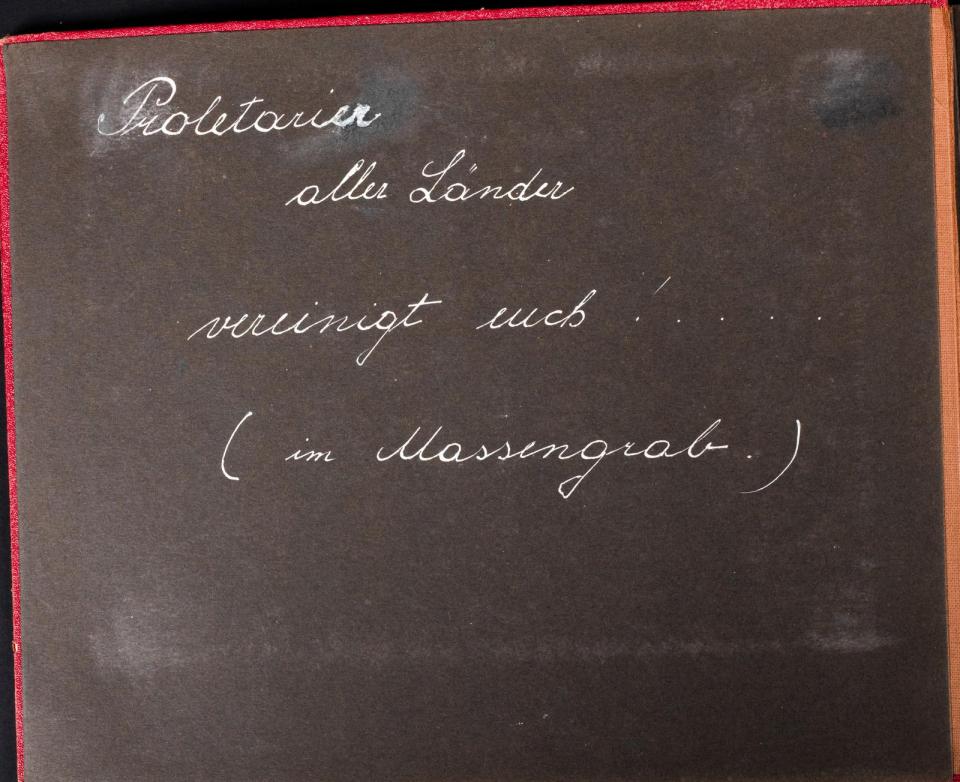

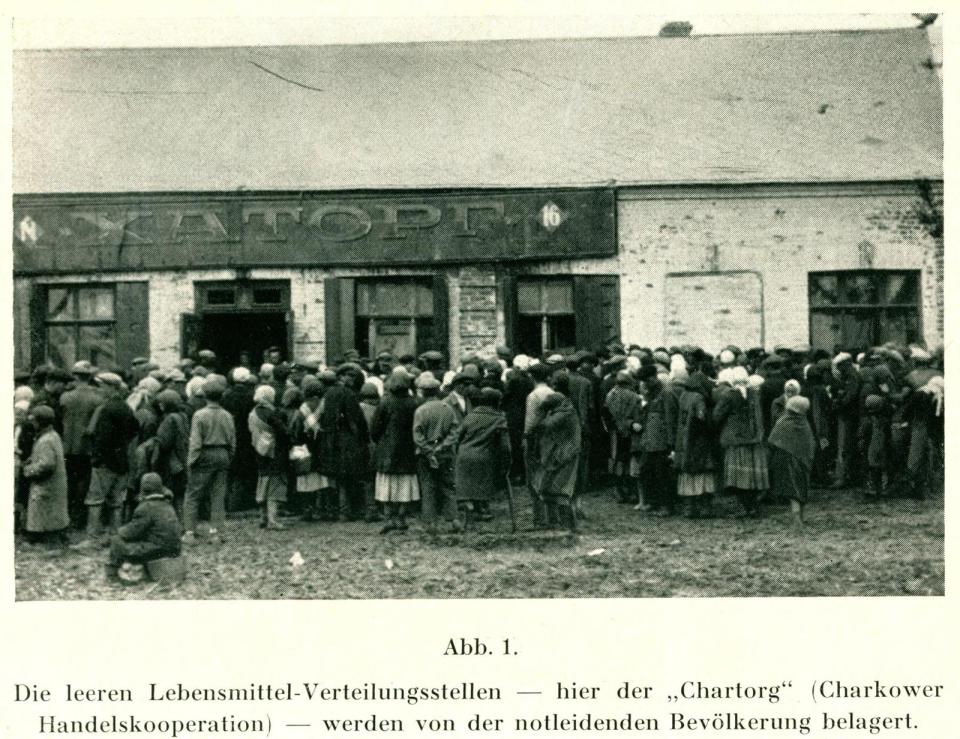
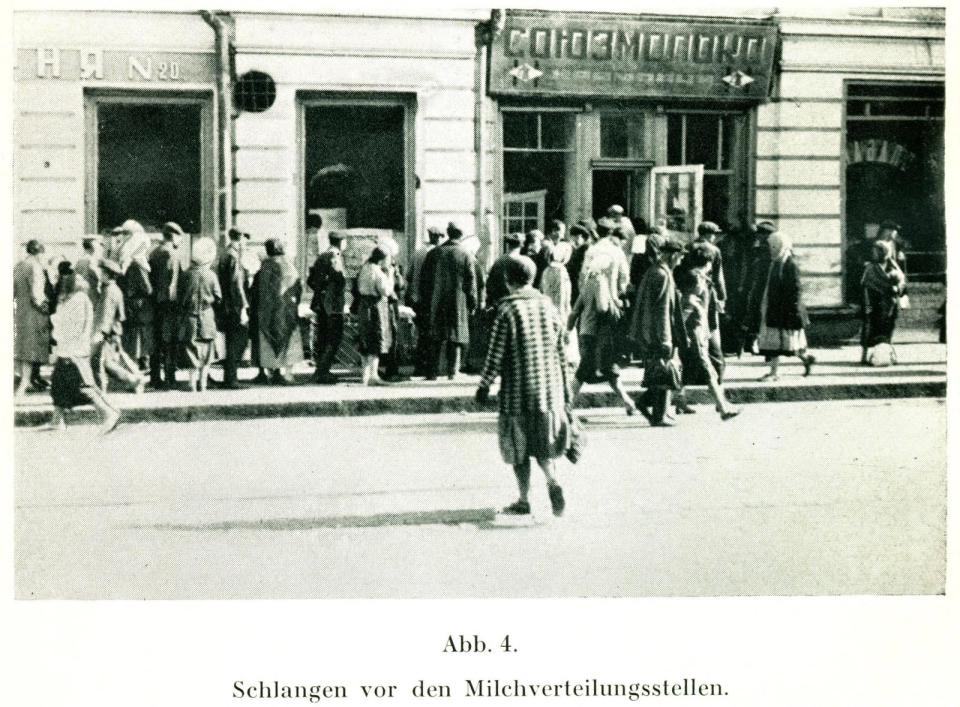
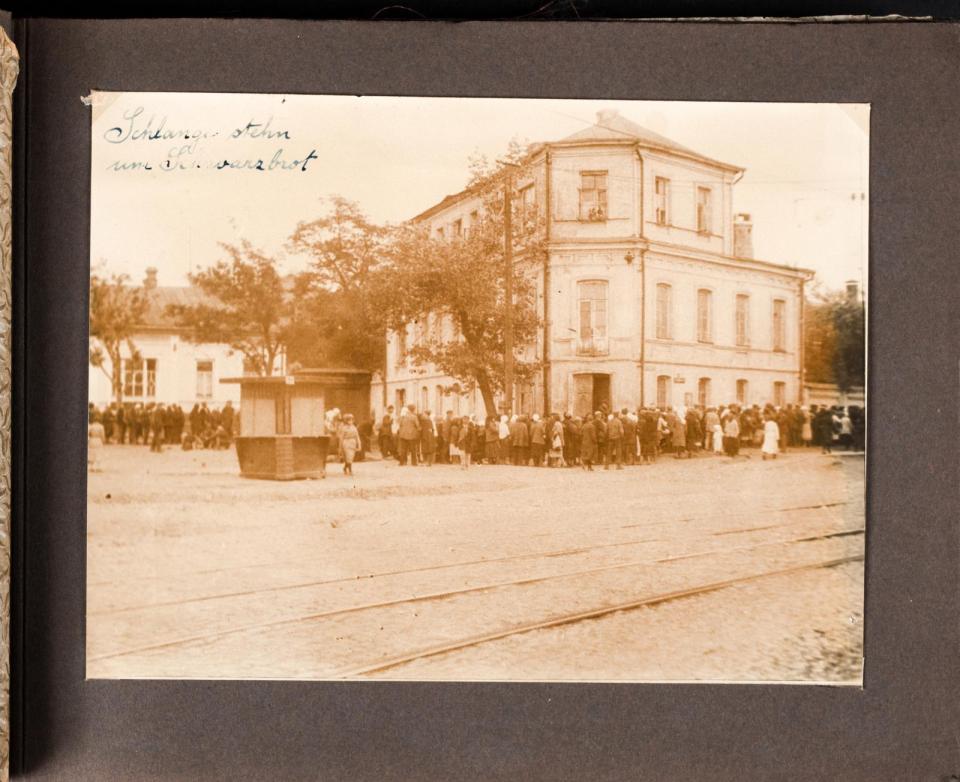
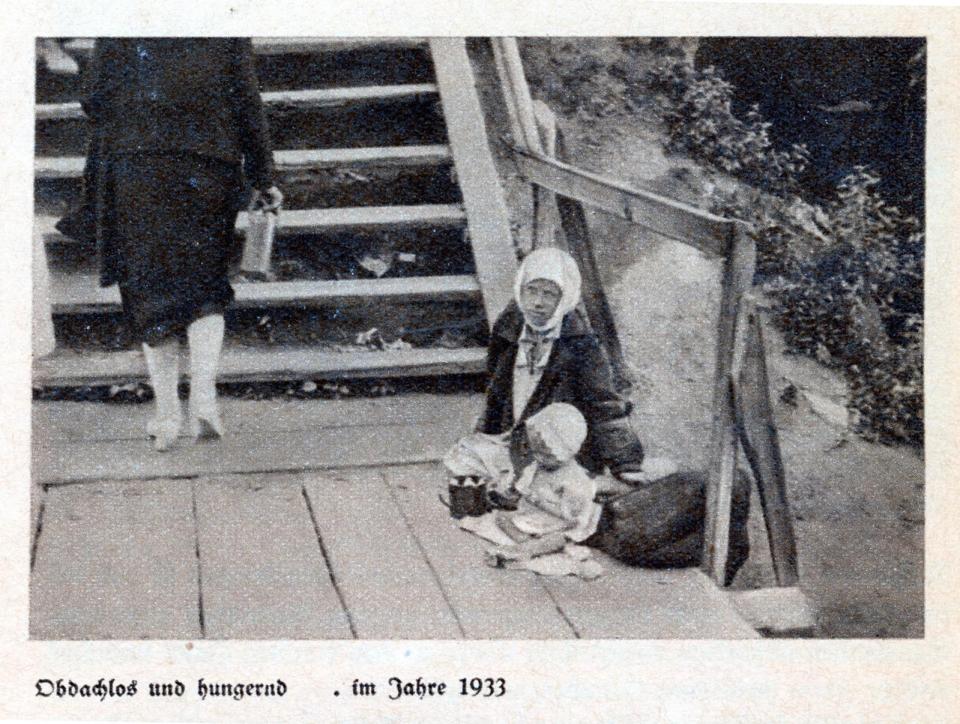

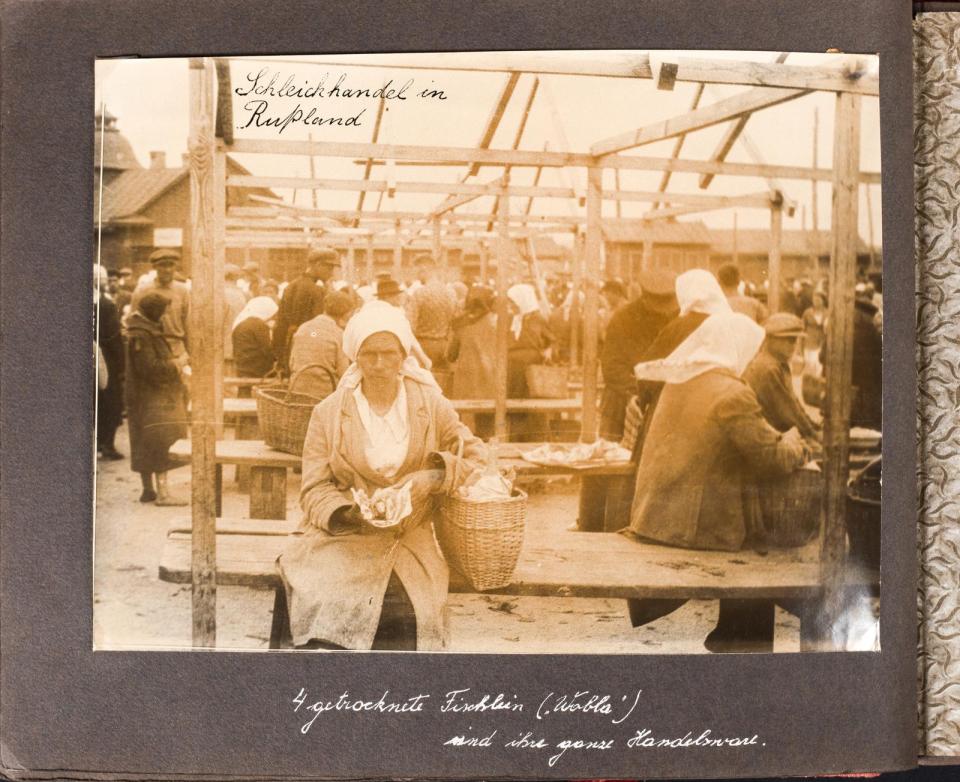

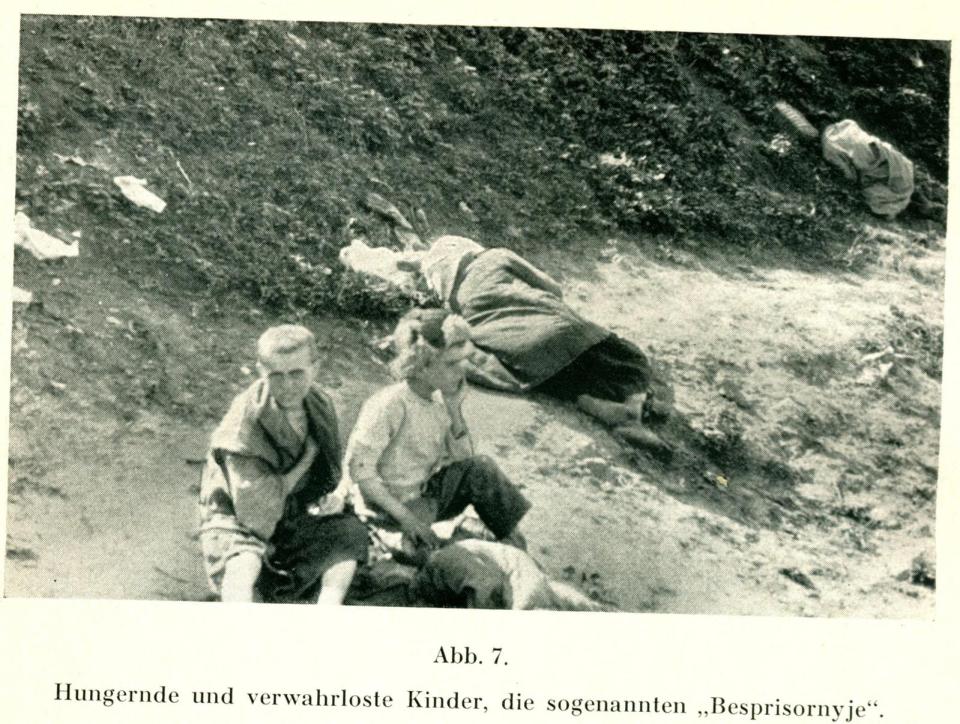
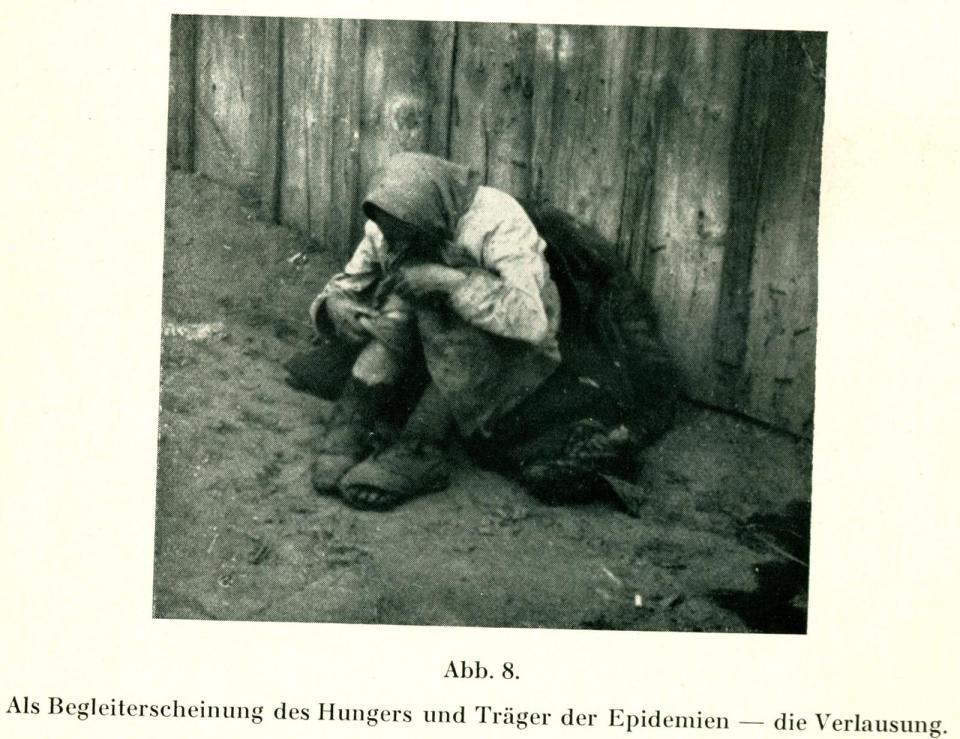

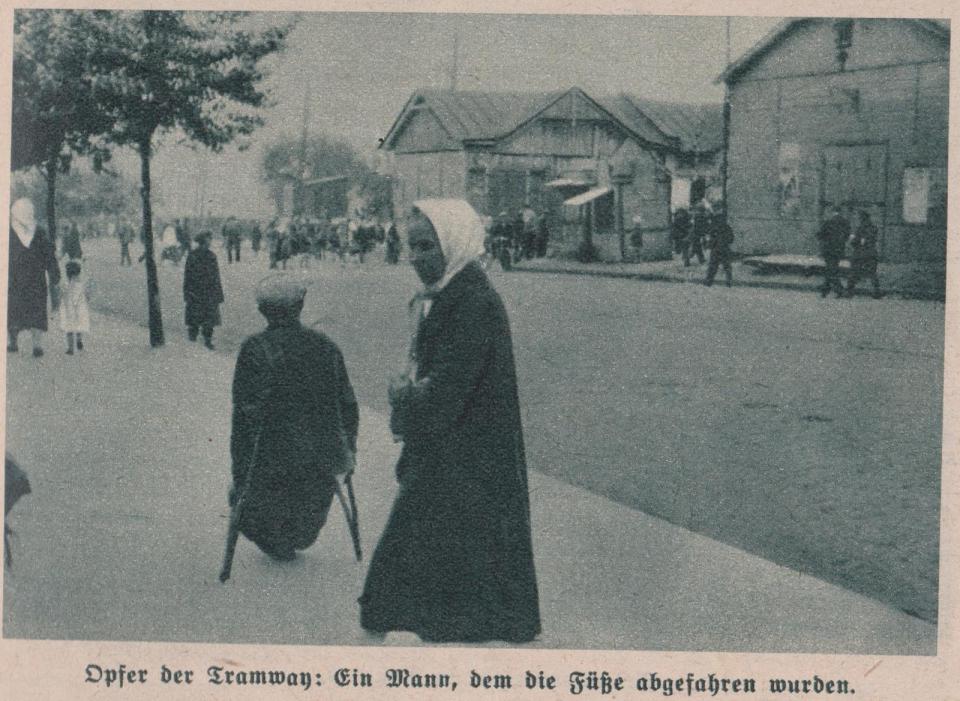

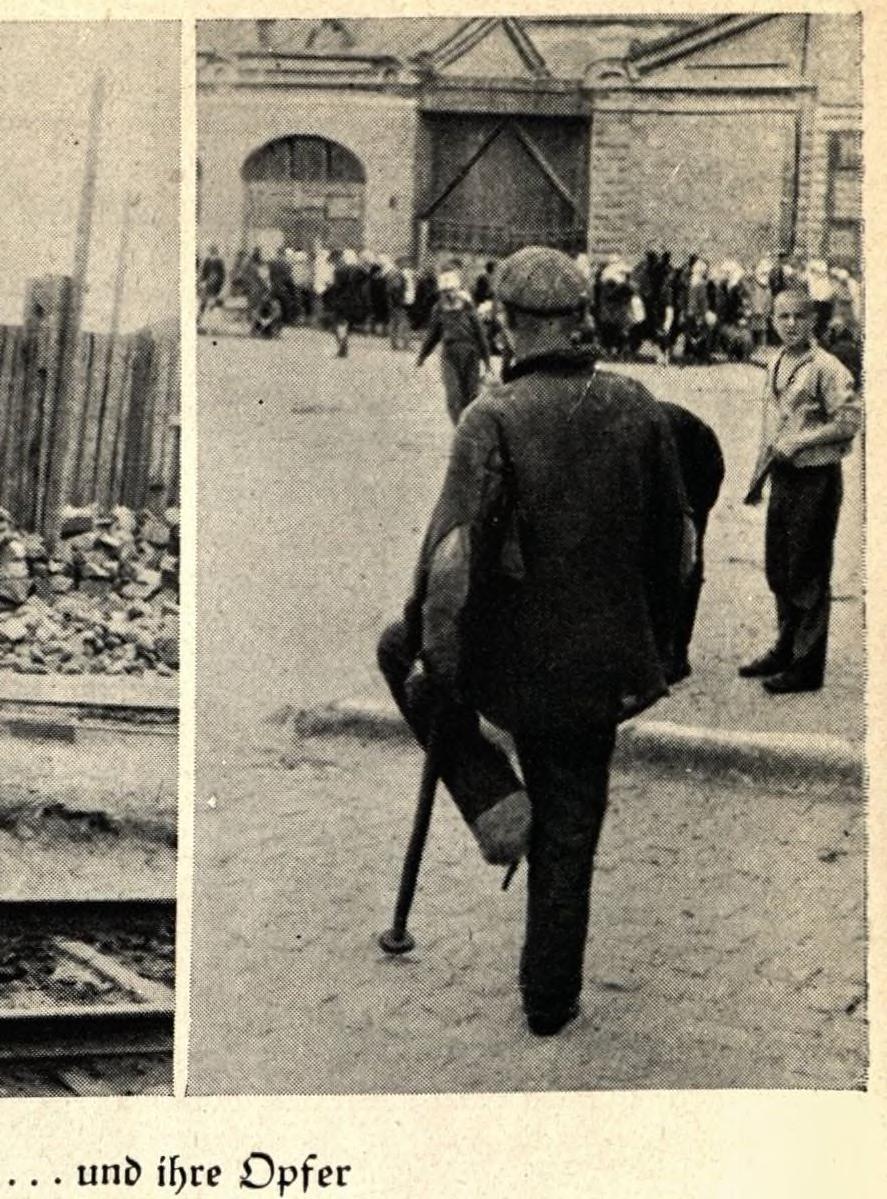
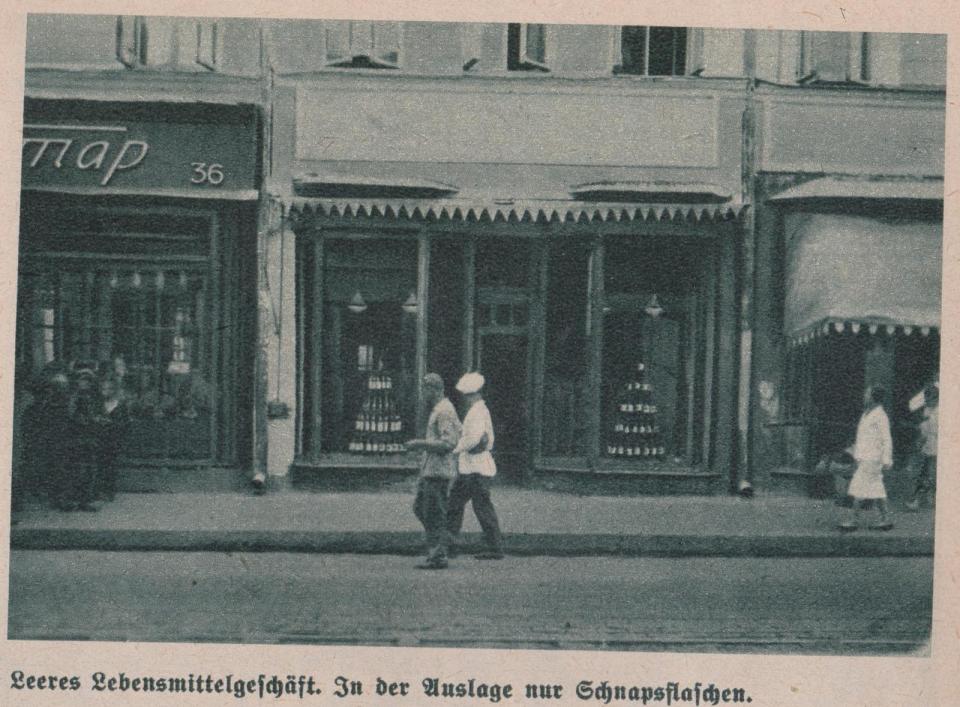

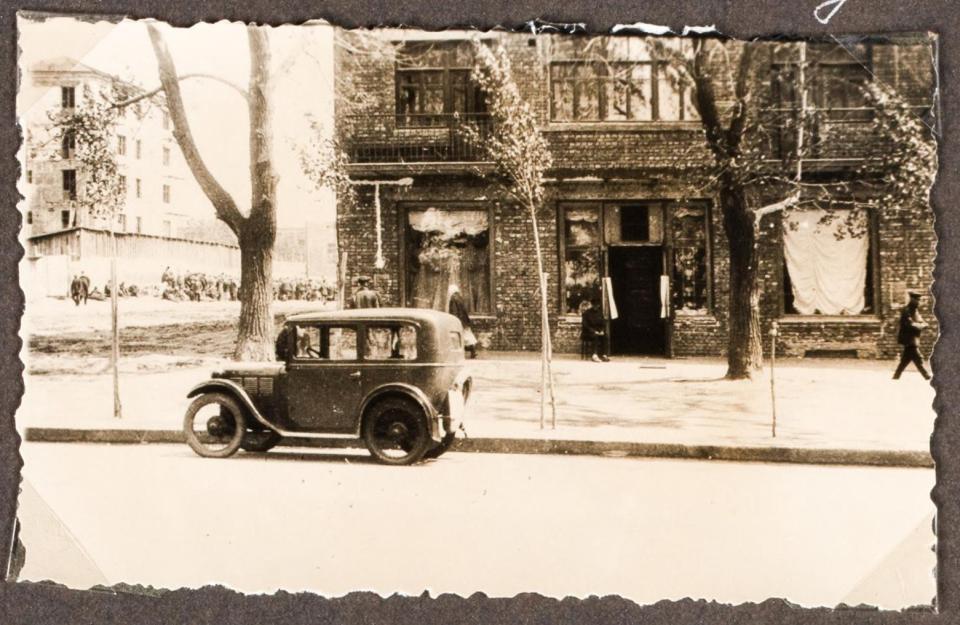

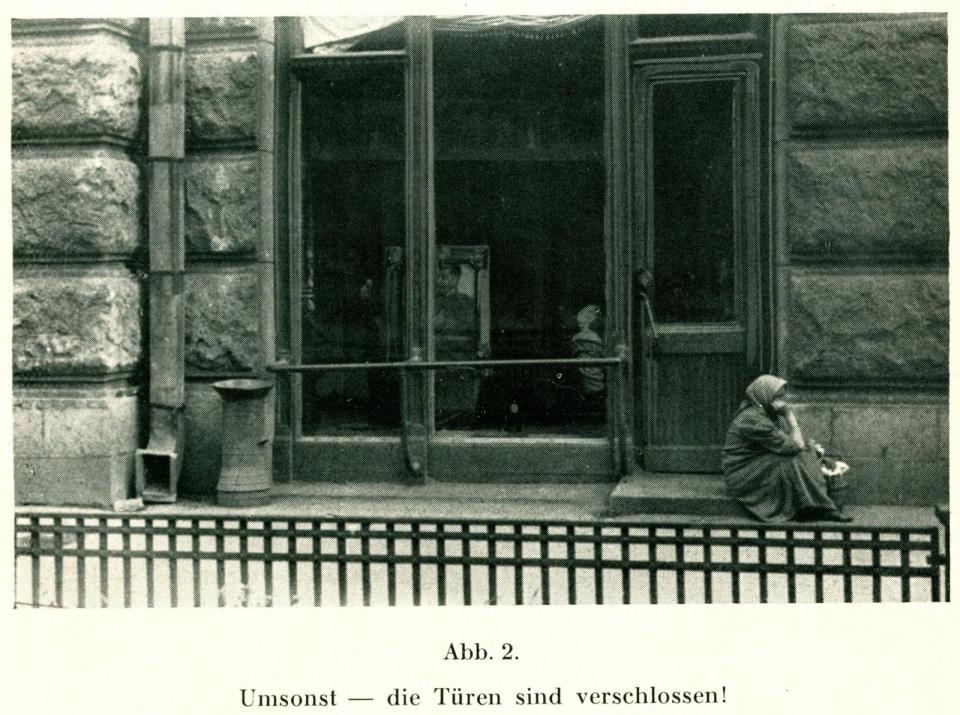
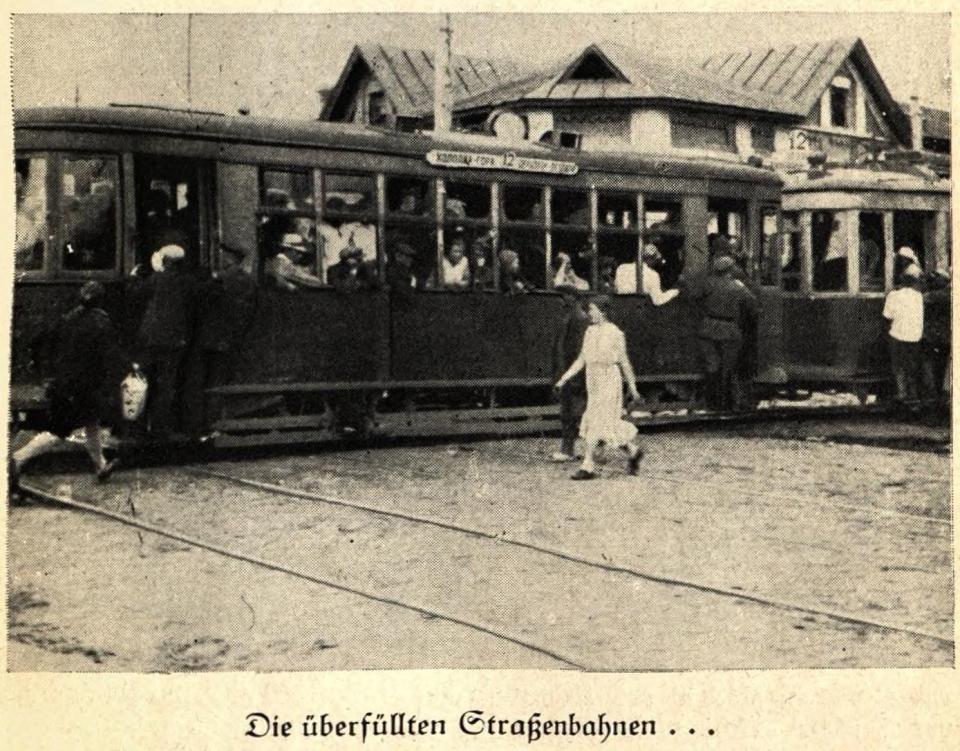
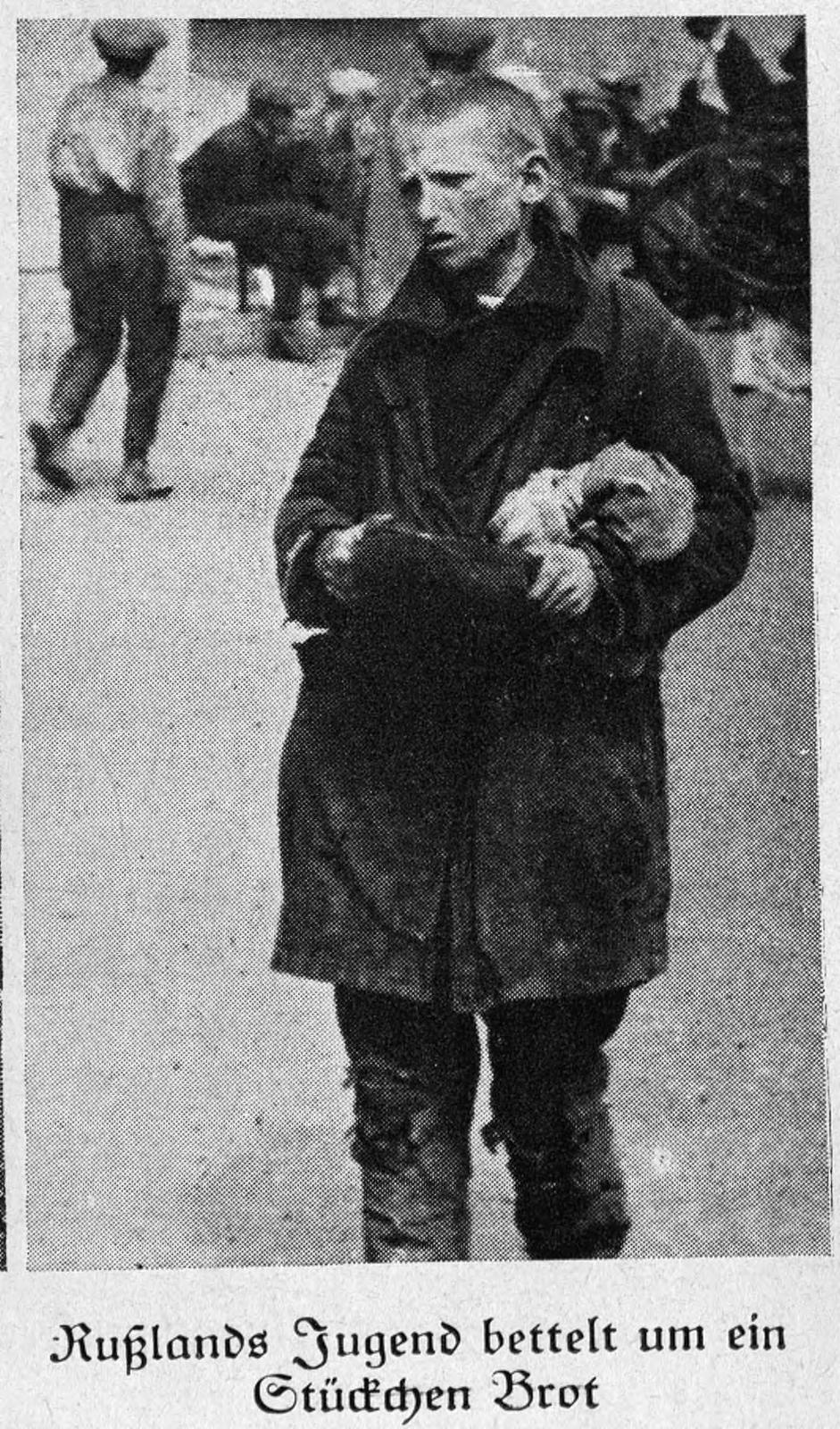






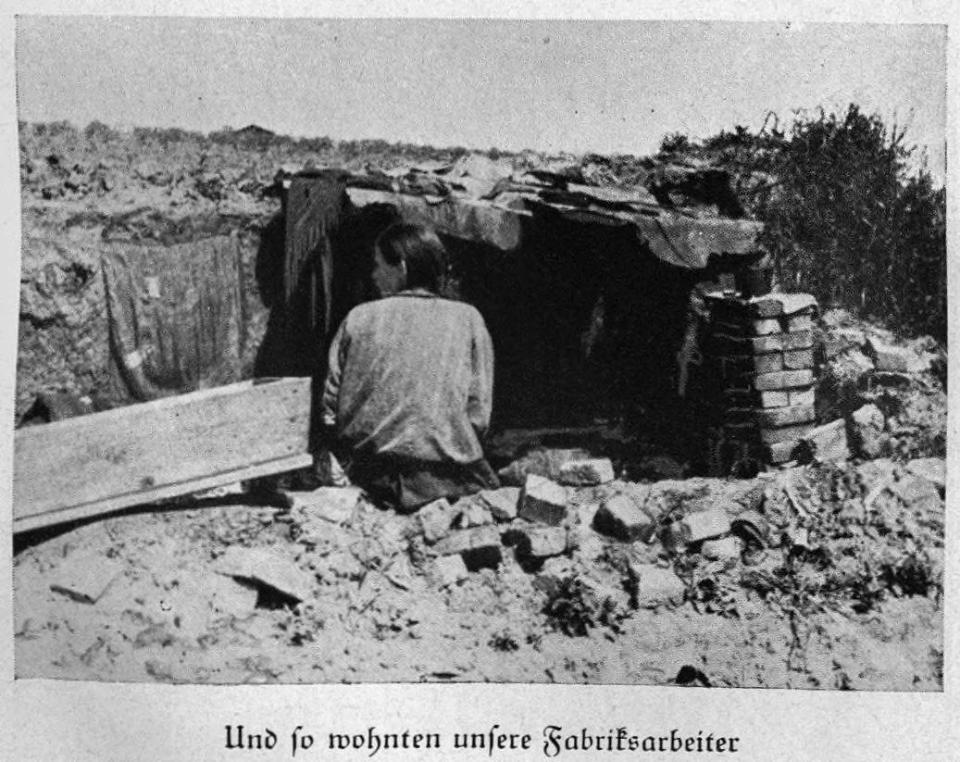





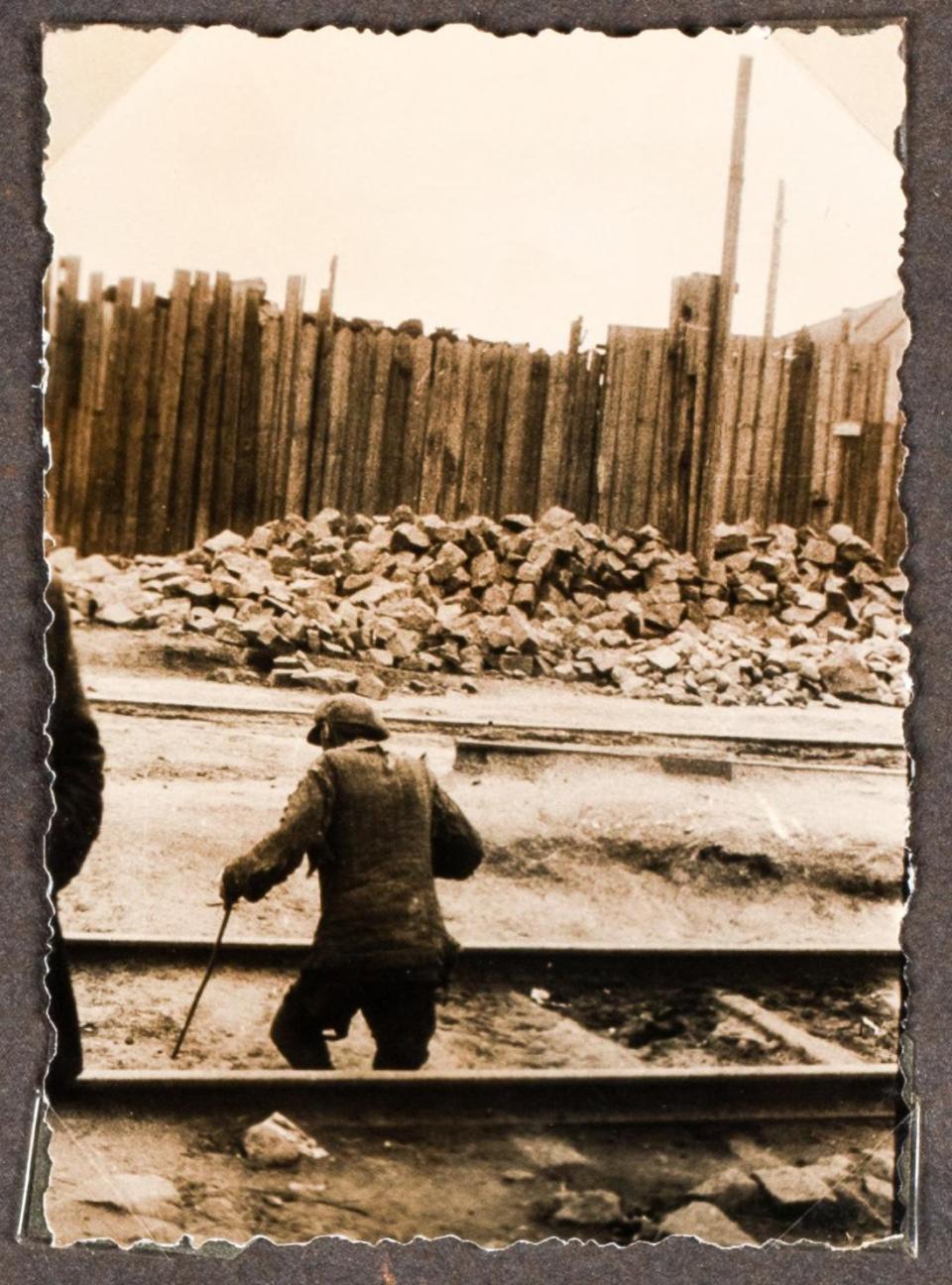
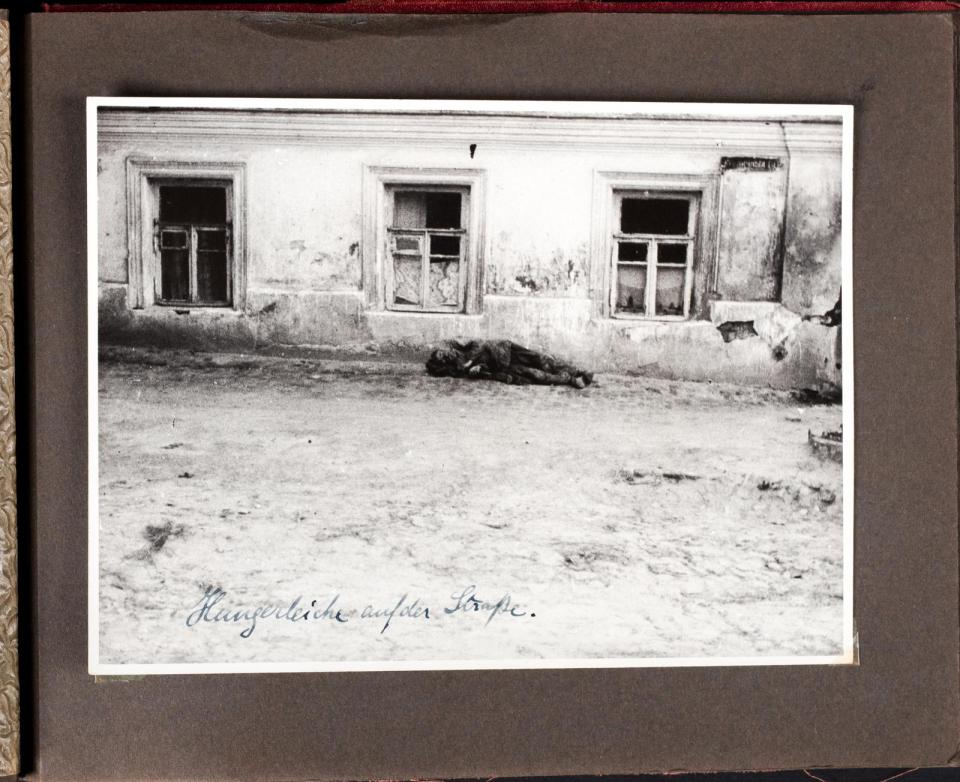
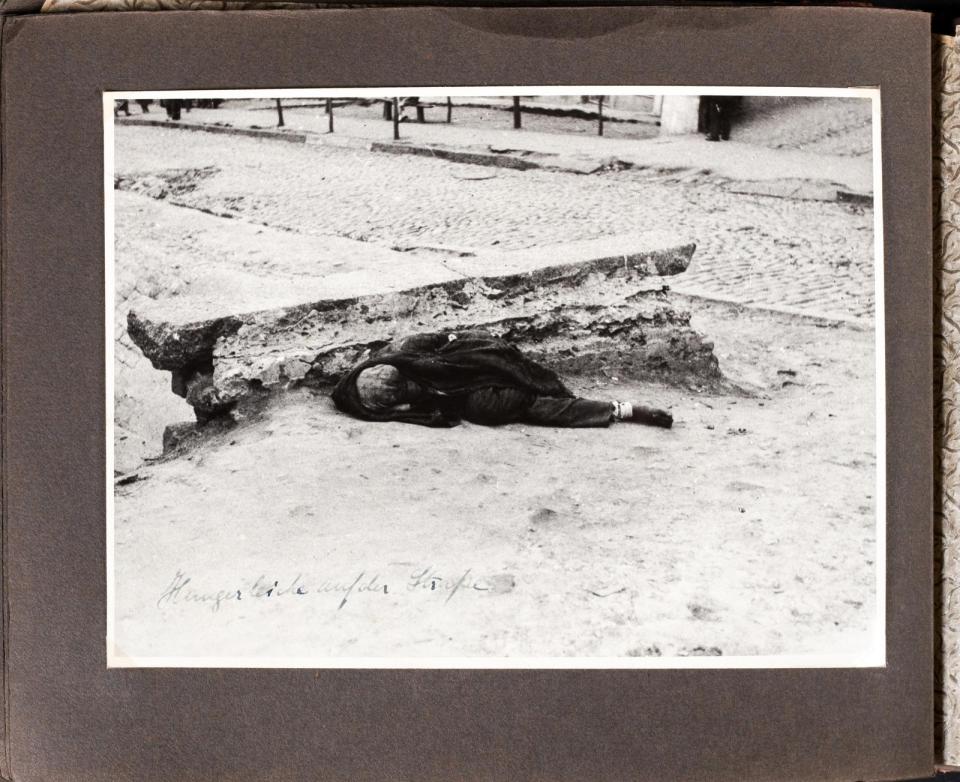


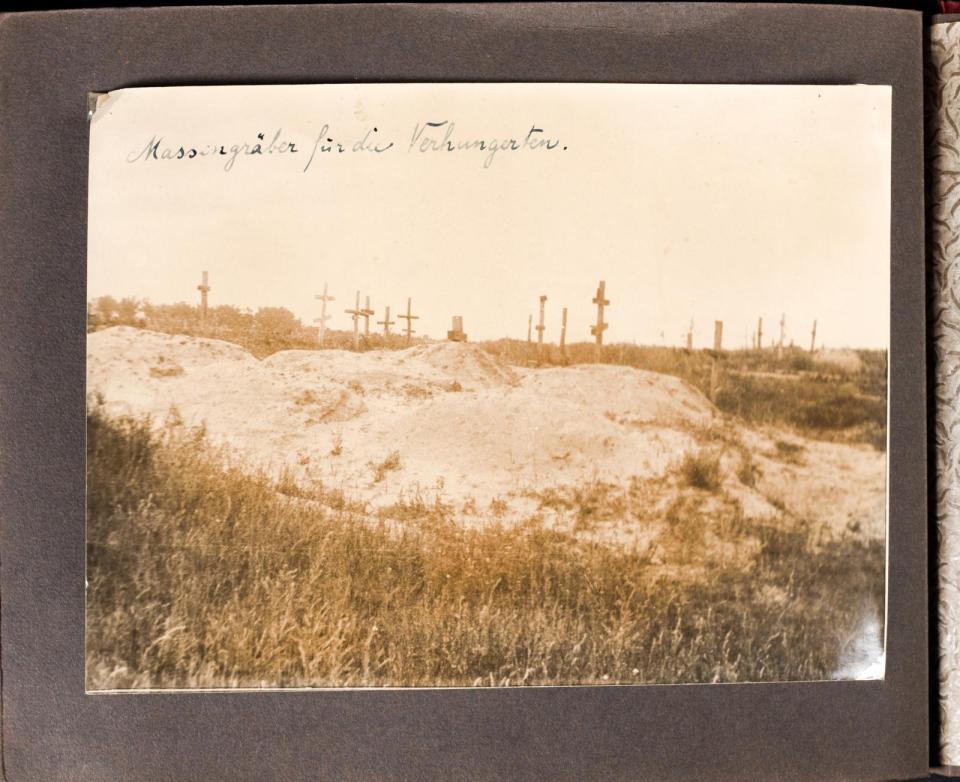

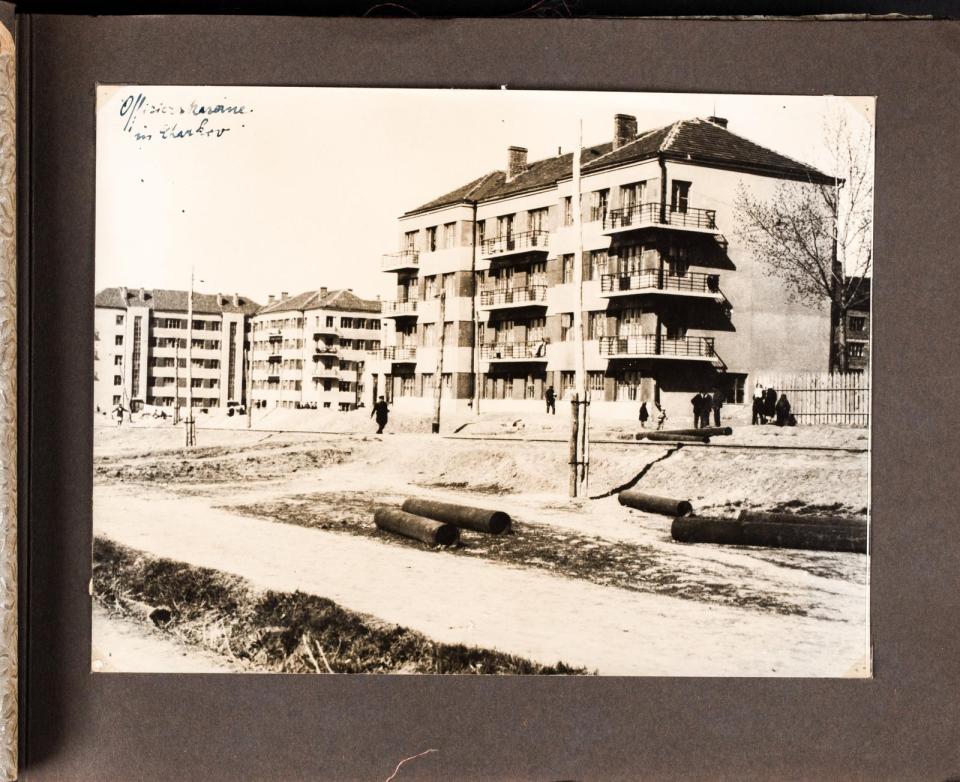
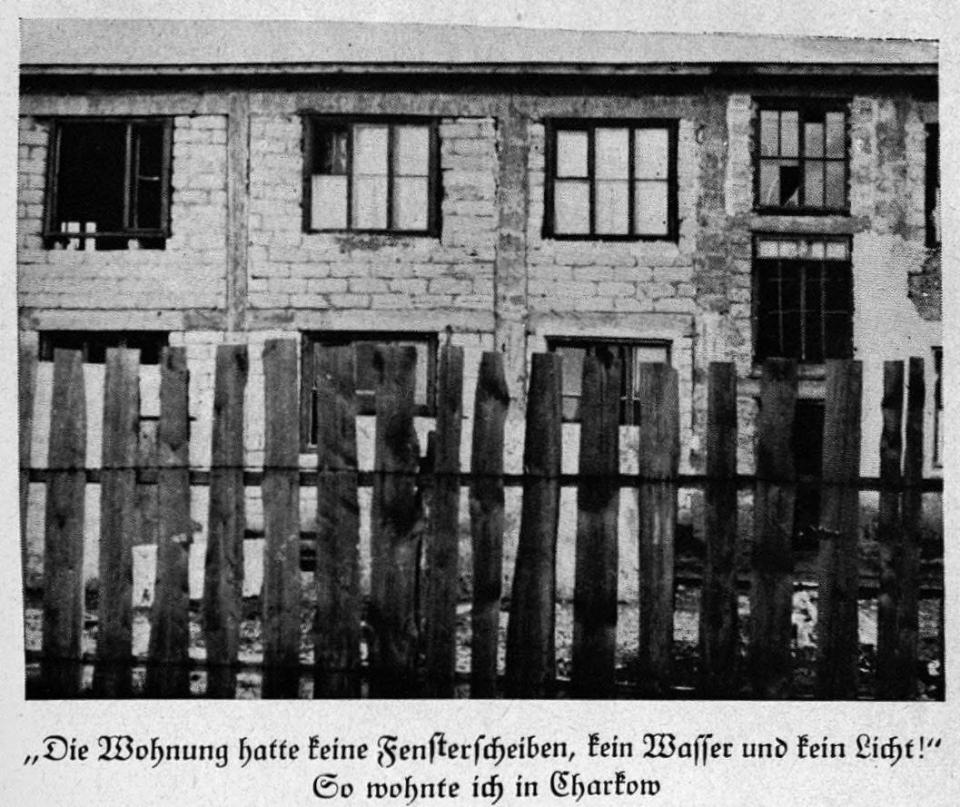
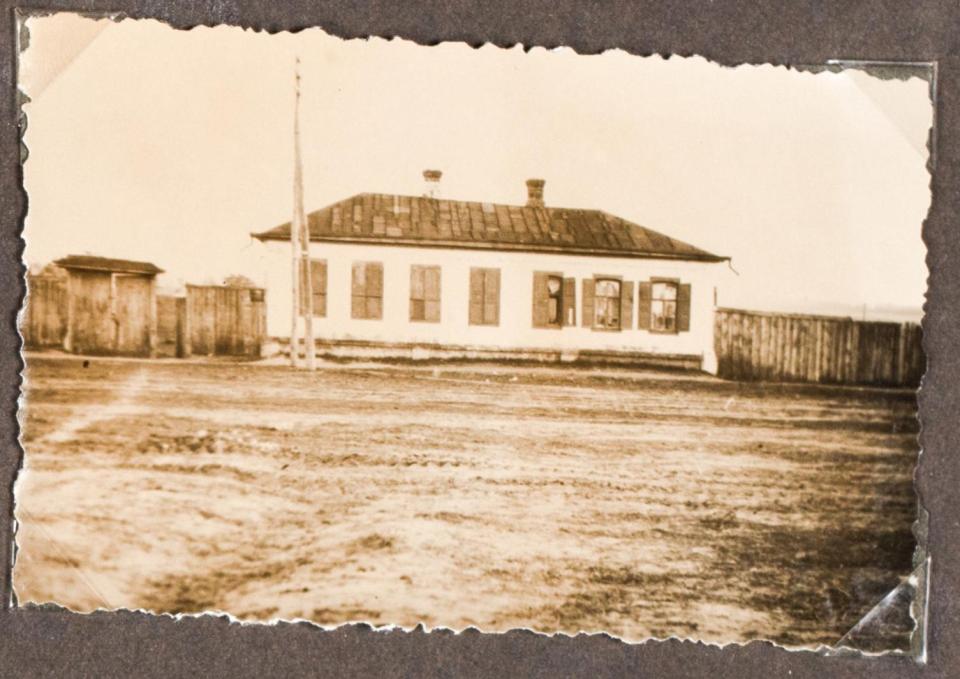


Read more:
- An Austrian engineer showed these Holodomor photos to Cardinal Innitzer in 1933, pleading for aid to the starving
- Engineer Wienerberger’s unknown photographs of the Holodomor
- Ukrainian Holodomor Museum launches crowdfunding campaign to create main exhibition
- Holodomor survivor stories come to life in mobile app for tourists
- Bread from tree bark and straw: students launch online “restaurant” with Holodomor “recipes”
- Stalin’s anti-Ukrainian policies in RSFSR prove Holodomor was a genocide
- Stalin’s management of Red Army proves Holodomor a Soviet genocide against Ukrainians
- Holodomor: Stalin’s punishment for 5,000 peasant revolts
- “Let me take the wife too, when I reach the cemetery she will be dead.” Stories of Holodomor survivors




